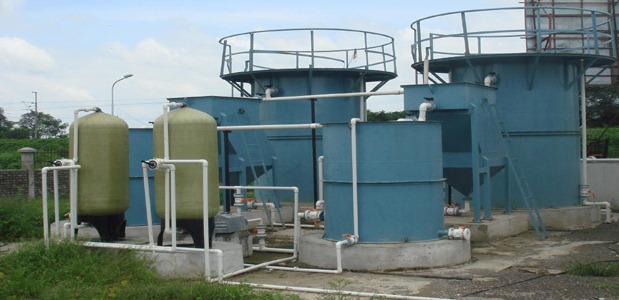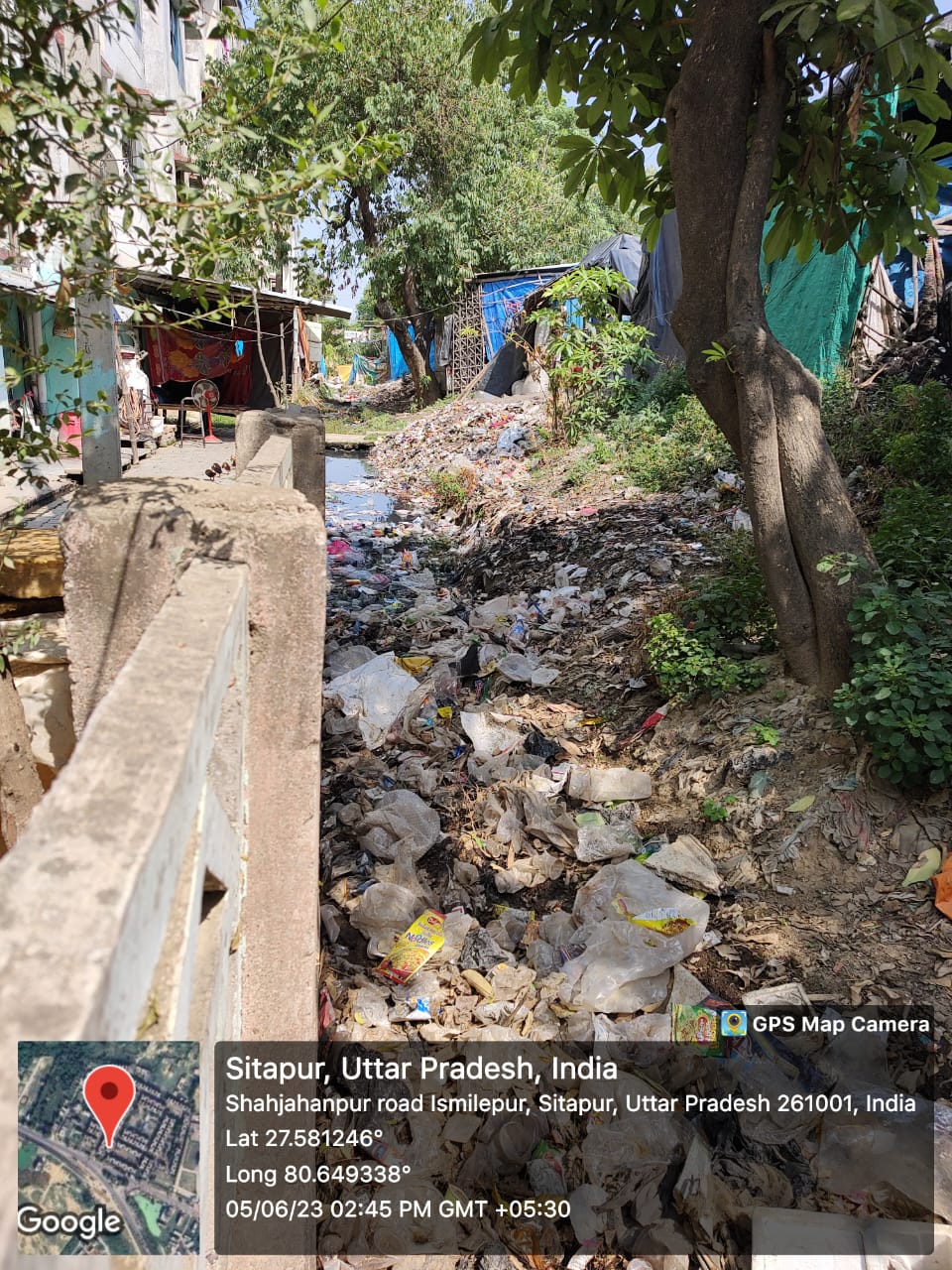Bioremediation is a process that uses natural organisms, like microbes, to break down and remove harmful pollutants from the environment. One area where bioremediation can be especially useful is in cleaning drains. In this article, we’ll take a closer look at the science of bioremediation and how it can be used to help keep drains clean and clear.
What is Bioremediation?
Bioremediation is a process that uses living organisms to break down and remove pollutants from the environment. This can include contaminants like oil, chemicals, and other harmful substances that can have a negative impact on the environment and human health.
One of the most common organisms used in bioremediation is bacteria. Certain types of bacteria are able to break down pollutants by using them as a source of energy. This process is known as biodegradation, and it can be used to break down a wide range of pollutants.
How Does Bioremediation Work in Drains?
Drains can be a major source of pollution in the environment. When oils, grease, and other contaminants are washed down drains, they can accumulate and cause blockages. This can lead to backups and overflows, which can be costly to clean up and can cause serious damage to the environment.
Bioremediation can be used to help prevent these issues by breaking down the contaminants that accumulate in drains. This can be done by introducing specific types of bacteria into the drain system. These bacteria are able to break down the contaminants and convert them into harmless byproducts.
There are two main types of bioremediation that can be used in drains: in situ bioremediation and ex situ bioremediation.
In situ bioremediation involves introducing the bacteria directly into the drain system. This can be done by pouring a mixture of bacteria and nutrients directly into the drain. The bacteria will then begin to break down the contaminants in the drain and convert them into harmless byproducts.
Ex situ bioremediation involves removing the contaminated material from the drain and then treating it with bacteria outside of the drain system. This can be done by pumping the contaminated material out of the drain and into a treatment tank. The bacteria can then be added to the tank to break down the contaminants.
Benefits of Bioremediation in Drains
There are several benefits to using bioremediation to clean drains. One of the biggest benefits is that it is a natural and environmentally-friendly process. Bioremediation uses natural organisms to break down contaminants, rather than relying on harsh chemicals that can be harmful to the environment.
Bioremediation is also a cost-effective solution for cleaning drains. Traditional methods of drain cleaning can be expensive, especially if there is a blockage or backup that requires extensive cleaning and repair work. Bioremediation is a simple and low-cost solution that can help prevent these issues from occurring in the first place.
In addition, bioremediation is a long-term solution for keeping drains clean and clear. Once the bacteria have been introduced into the drain system, they will continue to break down contaminants and prevent blockages from occurring. This can help reduce the need for costly maintenance and repair work in the future.
Challenges of Bioremediation in Drains
While bioremediation can be a highly effective solution for cleaning drains, there are some challenges to using this process. One of the biggest challenges is ensuring that the bacteria are able to survive and thrive in the drain system.
Drain systems can be harsh environments for bacteria, with high levels of heat, pressure, and other stresses that can inhibit their growth. In addition, there may be other substances in the drain system that can compete with the bacteria for nutrients and resources.
To overcome these challenges, it is important to select the right type of bacteria for the specific contaminants that are present in the drain system. Different types of bacteria are better suited for breaking down different types of pollutants, so it is important to choose the right bacteria for the job.
In addition, it is important to provide the bacteria with the right nutrients and conditions to support their growth and survival. This may involve adding additional nutrients or adjusting the pH of the drain system to create a more hospitable environment for the bacteria.
Another challenge of bioremediation in drains is ensuring that the bacteria do not cause any harm to the environment or human health. While the bacteria used in bioremediation are typically harmless, there is always a risk that they could mutate or interact with other organisms in unexpected ways.
To minimize this risk, it is important to carefully select the bacteria used in bioremediation and to monitor the environment to ensure that there are no negative impacts.
Tips for Implementing Bioremediation in Drains
If you are interested in implementing bioremediation in your drain system, here are some tips to keep in mind:
- Choose the right bacteria: Different types of bacteria are better suited for different environments. Be sure to select bacteria that are able to survive and thrive in your drain system.
- Provide the right conditions: Bacteria need the right nutrients, temperature, and pH levels to grow and thrive. Be sure to provide the necessary conditions for the bacteria to do their job effectively.
- Monitor the process: Regular monitoring is important to ensure that the bioremediation process is working effectively. This may include testing the water quality and checking for signs of blockages.
- Adjust as necessary: If the bioremediation process is not working as expected, it may be necessary to adjust the type of bacteria used, the nutrient levels, or other factors to improve effectiveness.
Conclusion
Bioremediation is a powerful tool for cleaning drains and preventing blockages and backups. By introducing specific types of bacteria into the drain system, it is possible to break down harmful pollutants and convert them into harmless byproducts. While there are some challenges to using bioremediation in drains, the benefits are significant. Bioremediation is a natural, cost-effective, and long-term solution for keeping drains clean and clear, and it can help prevent costly maintenance and repair work in the future. As we continue to look for ways to protect the environment and promote sustainability, bioremediation will likely play an increasingly important role. By harnessing the power of natural organisms, we can help keep our drains and other environmental systems clean and healthy for generations to come.





